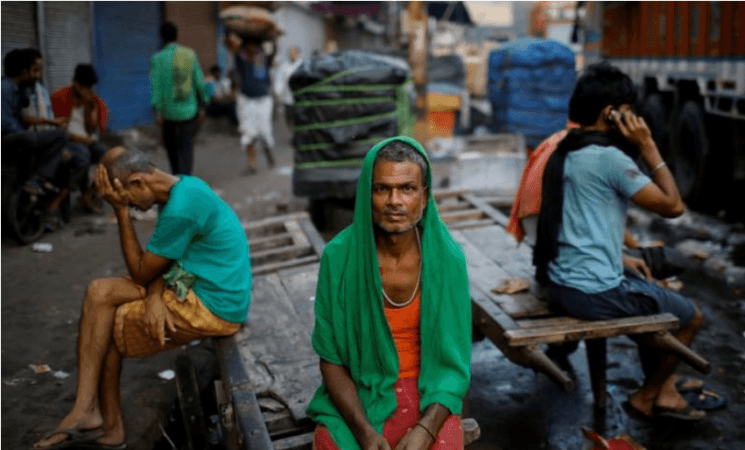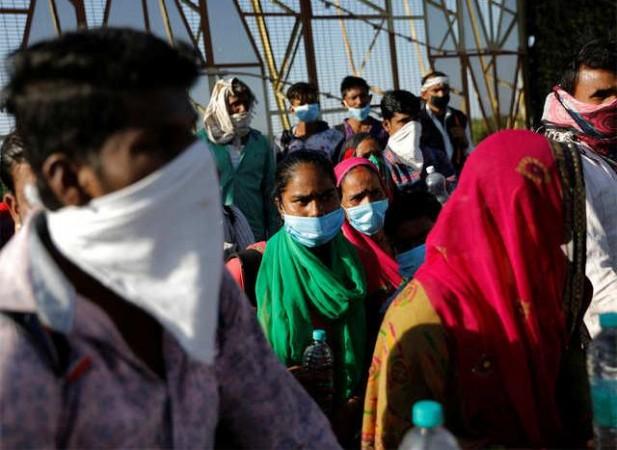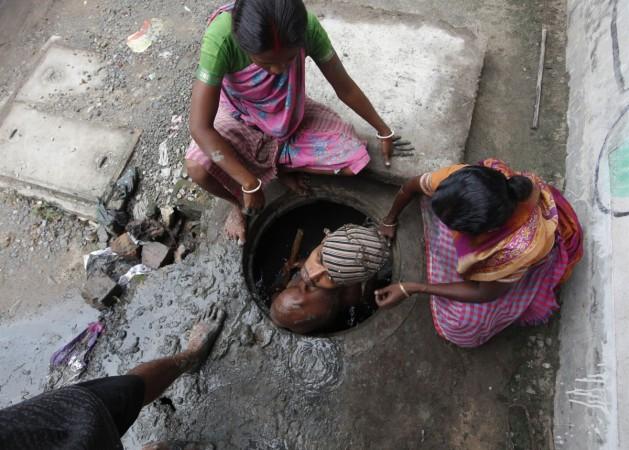Under the Constitution of India, Labour is a subject in the Concurrent List and, therefore, both the Central and State governments are competent to enact legislations subject to few matters being reserved for the Centre.
Both the Union and State Governments are responsible for the enactment of laws relating to the welfare of labour including conditions of work, social security and social insurance.
As per the Annual report of the Government of India for the year 2019, 137,91,049 employees are registered in 1,85,022 establishments. However, a much larger quantum of labour work in both the organised and unorganised sector.
In absence of reliable statistics on its size, distribution or contribution to the economy, the sector of Labour law/ reforms remains a less understood and a neglected area.
Survey of 2018-19, released on July 4, 2019, said that "almost 93%" of the total workforce is 'informal'. But the Niti Aayog's Strategy for New India at 75, released in November 2018, said: "by some estimates, India's informal sector employs approximately 85% of all workers".
What is the source of such information? The Economic Survey of 2018-19 does not mention it. The Niti Aayog does and cites a 2014 report, 'OECD India Policy Brief: Education and Skills', which, in turn, is silent on its source of information.
There is yet another government report, "Report of the Committee on Unorganised Sector Statistics" of the National Statistical Commission (NSC), 2012, which says the share of the informal workforce is "more than 90%" of the total without mentioning the source. So is the case with its contribution to the economy. The government does recognise that the informal sector and workers contribute significantly. The NSC's 2012 report pegs it at "about 50% of the national product" without revealing the basis of such a conclusion.

It then goes on to describe the problem: "It is increasingly realised that lack of reliable statistics on the size, distribution and economic contribution of the sector has been a major constraint in providing a realistic understanding of the significance of the Indian economy, leading to its neglect in development planning"
The above notwithstanding, the responsibility of the Government to regulate the affairs of the labour is obvious.
India's 21-day lockdown & impact on labour
When the lockdown was announced in India for 21 days on 22 March 2020, a large number of labourers was expected to stay wherever they were at that point in time. This was most essential to prevent migration or movement of persons from one state to another and while doing so move in crowded transport, in some cases through few other states which could spread the infection all over the country creating a ticking potential explosion which could be unmanageable and result in huge losses of lives.
Whereas the decision to impose lockdown was both essential and unavoidable, to do so without visualising the implications for the poor daily wage labour and the tiny income labour both of whom could not be expected to afford or endure the lockdown was perhaps avoidable.
The State Governments as well as the Union Government Ministry of Labour, in conjunction with the NITI and National Disaster Management Authority ought to have advised the Union Government, measures to mitigate the likely problems especially to the labour from other states as well as measures to create appropriate awareness among these labour and to facilitate effective lockdown.

The sudden announcement of lockdown, lack of appropriate information and apparent arrangements on the ground about the availability of food and essentials for survival, on one hand, exaggerated and fearful rumours about the spread of coronavirus as also calls from authorities from both host and native states resulted in a huge exodus and migration of labour towards their native areas.
From the rough estimates based on various media reports and telephonic interaction with stakeholders it is likely that about 40 percent of the migrant labour had returned, a small trickle continues to return some way or other and another 30 percent is ready and waiting to return as soon as the lockdown is lifted.
Challenges faced by labourers
It needs to be appreciated that a number of the essential services have outsourced labour, all the industrial activity is dependent on labour and most of the unorganised sector some of which are also critical for sustaining normalcy are labour dependant. At the same time, the duration of harvesting period would get influenced by the availability of labour. Shortages will extend the season and impact the transportation and procurement process for this season as well as preparation and sowing of next crop.
In case a large number of labour return to their native places and are afraid of returning, this could affect the resumption of agricultural activity at the desired pace, industrial and economic activity and essential services.
In order to retain the labour which are ready to return, necessary measures for the resumption of at least those industrial activities which can be ensured with lock-in and safety and facilities to need their essential survival must be taken care of.

It is also essential to consider the return of the labour from their native before they settle down and it becomes a long time-consuming process to get them back by providing essential transportation, information and essential facilities.
The government's role
It is also learnt that numerous service providers are not receiving their long-pending payments from the Government departments. If this continues, the service sector employees including those manning services at electricity, water departments transport hubs would not get their dues leading to disruption in essential services
There is a need for a focussed professional regulation and services of this critical labour sector to ensure essential welfare for which authorities of the State Governments and the Union Government need to put appropriate systems in place which are long pending and have become critical for post lockdown robust economic revival.
Disclaimer: This is a guest post by Major General Dilawar Singh (Retd.), former Director General NYKS at Ministry of Youth Sercices and sports. He was also Additional Director General of Rashtriya Rifles, has served six tenures in counter-terrorist areas, commanded two Counter-Terrorist Balallions and is the only officer to have received three citations therein. He holds unbroken records for academic and operational excellence as well as long-term planning for the Indian Army.

















